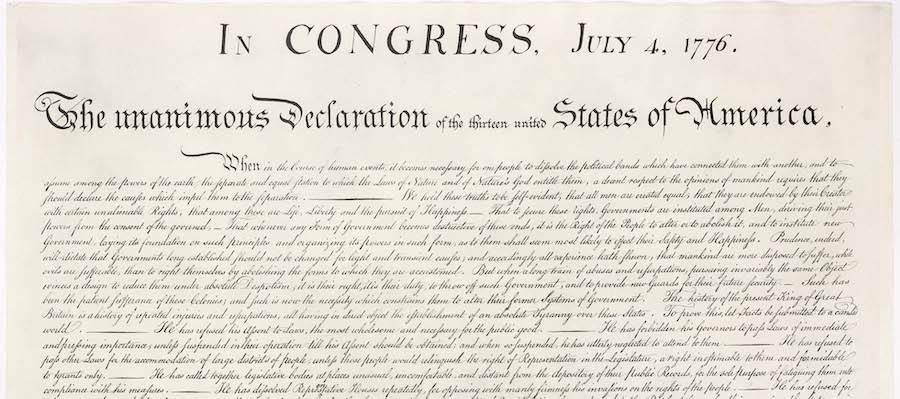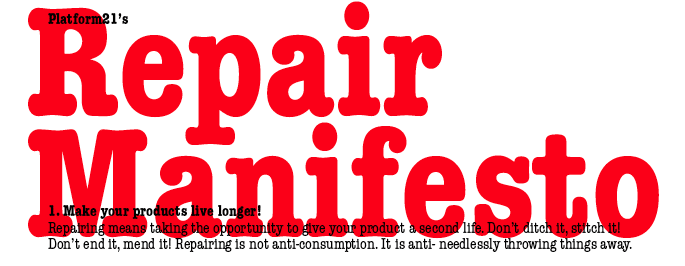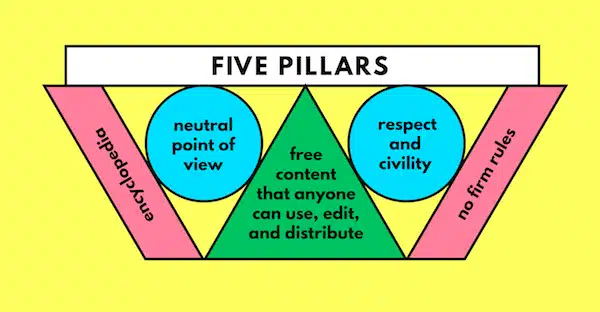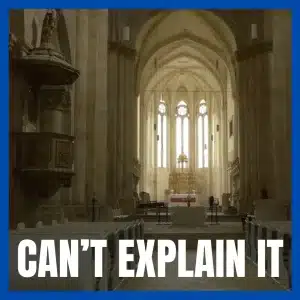How to write a manifesto
How to write a manifesto, create a vision or define your brand? You answer these nine questions.
The key is to find the right angle – the viewpoint that helps you stand up for what you believe in and stand out in the noisy marketplace. You do want to be seen and heard, don’t you?
One of these nine questions will give you the angle you need to be inspired. But you will have to answer all nine questions to find out which one is the right fit for you.
It’s nine manifesto principles, nine manifesto examples and nine manifesto questions to inspire you.
1 WHY
The three reasons JFK sent a man to the moon
In 1961, US President John F. Kennedy announced to Congress, “I believe that this nation should commit itself to achieving the goal, before this decade is out, of landing a man on the moon and returning him safely to the earth”.
In doing so, he launched one of the world’s great science projects. You may know what happened. Neil Armstrong became the first man to set foot on the moon. And he declared these immortal words: “One small step for man, one giant leap for mankind.”
But do you know why it happened?
There were three driving forces behind the moon landing. America needed to spend some money to head off a recession. The US needed a moral or public victory in its battle with communism and the Soviet Union. And there was a potential military advantage for whoever controlled space.
Why are you writing your manifesto?
2 TERMINATE
The Yvonne Rainer Manifesto changed dance
Technology has always had a big impact on art and culture. In architecture, the shift from handmade buildings to machine-made buildings made the shift from ornamentation to no ornamentation.
The same thing happened in dance in 1965. The turning point was when choreographer Yvonne Rainer wrote her No Manifesto. It’s 13 rules for what not to do.
What are you saying no to? What are you ending?
3 CREATE
The obvious secret to Martin Luther King’s I Have a Dream speech
While Yvonne Rainer defined everything she didn’t want, Martin Luther King took the opposite approach. He told us all the things he did want. “My four little children will one day live in a nation where they will not be judged by the colour of their skin but by the content of their character. I have a dream today.”
This is the obvious secret to MLK’s I Have a Dream speech. He details in specific detail the future he wanted to live in through a range of examples. More on Martin Luther King, his speech and MLK Day here.
What specifically are you creating?
4 UNITE
How a Manifesto helped build a website that attracts over six billion visitors every month
How do you build a website that attracts over 6 billion visits every month, has over six and a half million pages and is run by over 100,000 active volunteers?
You write a manifesto that defines how you will operate as a community.
That’s what Wikipedia did when they were starting out. They knew the key to their success was to trigger a community that was willing to work together. That’s why point four is so important: “Treat each other with respect and civility.”
Who are you attracting? And how do you want them to interact?
5 IDENTITY
How a TV commercial became a Famous Manifesto
I love this. It’s one of my all-time favourite manifestos.
When Steve Jobs returned to Apple in 1997, he employed the ad agency TBWA/Chiat/Day to create this TV commercial.
“Here’s to the crazy ones, the misfits, the rebels, the troublemakers, the round pegs in the square holes … the ones who see things differently — they’re not fond of rules, and they have no respect for the status quo. … You can quote them, disagree with them, glorify or vilify them, but the only thing you can’t do is ignore them because they change things. … They push the human race forward, and while some may see them as the crazy ones, we see genius, because the people who are crazy enough to think that they can change the world, are the ones who do.”
It was part of a campaign called Think Different. It positioned Apple as a rebel brand and most importantly, it announced, ‘This is who we are!’
A powerful part of writing your manifesto is to define who you are to others.
Who are you?
6 ENEMY
The two things the US Declaration of Independence created

One of the most famous manifestos of all time is the US Declaration of Independence.
When 56 men signed that document back in 1776, two things happened. First, they declared the birth of a new country. The 13 American colonies became the United States of America. Second, they made the British the enemy and that started a war – the War of Independence or the American Revolutionary War. It lasted for eight years.
Now I’m not suggesting you start a war, but sometimes it helps to identify who is your enemy.
And your enemy doesn’t need to be a person. The famous Nike slogan ‘Just Do It’ makes procrastination the enemy.
Who is your enemy?
7 BEING
How a proposal for a Mcdonalds’ restaurant in Rome sparked a worldwide movement

This triggered a community group to form that later became known as the Slow Movement. They favoured local food, traditional cooking methods and local production. In other words, they didn’t want fast food or industrial output.
Over time, the slow movement soon spread beyond food. Now we have slow parenting, slow travel, and slow cities. Slow is a philosophy or way of being that can be applied to many aspects of life.
Who are you becoming?
8 ACTION
What to do when recycling doesn’t work
Not so long ago, the normal thing to do when things broke in your life was to fix them. We put patches on the knees of our jeans, sewed buttons back on, patched punctured bicycle tyres, glued the spines on treasured books and rebuilt the joints of tired and old furniture.
But do you still do that? Probably less so.
Given that it’s so often so cheap to replace the things that break, we often just throw them in the waste or perhaps the recycle bin. But recycling is not always effective, because not everything can be easily or affordably recycled.
Dutch organisation Platform 21 decided to do something about this. They said, “Stop recycling, start repairing”. Their Repair Manifesto tells us what action to take.
What action will you take?

9 PRESENCE
How to write a manifesto that lasts for thousands of years
How do you make your manifesto immortal? How can it have a lasting impact for 1000s of years?
The answer lies in the world’s religions: Christianity, Islam, Hinduism, Buddhism, Judaism and others.
Most religions have a written text that describes their philosophy. For example, The Bible, The Koran and The Four Vedas. But this is only the first step to presenting your manifesto.
If you want your manifesto to have an impact you need to create other ways for your audience to live your idea. For instance, you could build a church where people could meet, share practices like singing and praying and create special days to celebrate your faith.
How will you bring your idea to life?
Summary
How to Write a Manifesto – Nine Questions and Manifesto Examples
Which one of the nine principles stood out for you? Add a comment down below and let me know.
The key here is your focus. These principles and questions point you to having one dominant theme to put your attention on. This gives you a greater chance to be seen and heard and make the difference you want to make. What angle, and what focus will you adopt?
If you are serious about wanting to write a manifesto or creating an immortal brand then check out these related posts:
- Famous Manifestos – The Top Ten of All Time
- How to Write a Personal Manifesto in Five Steps
- Write a Manifesto Four Ways [The Four Types of Manifesto]
If you want more manifesto examples, then visit 1000Manifestos.com where I have collected over 250 examples.




